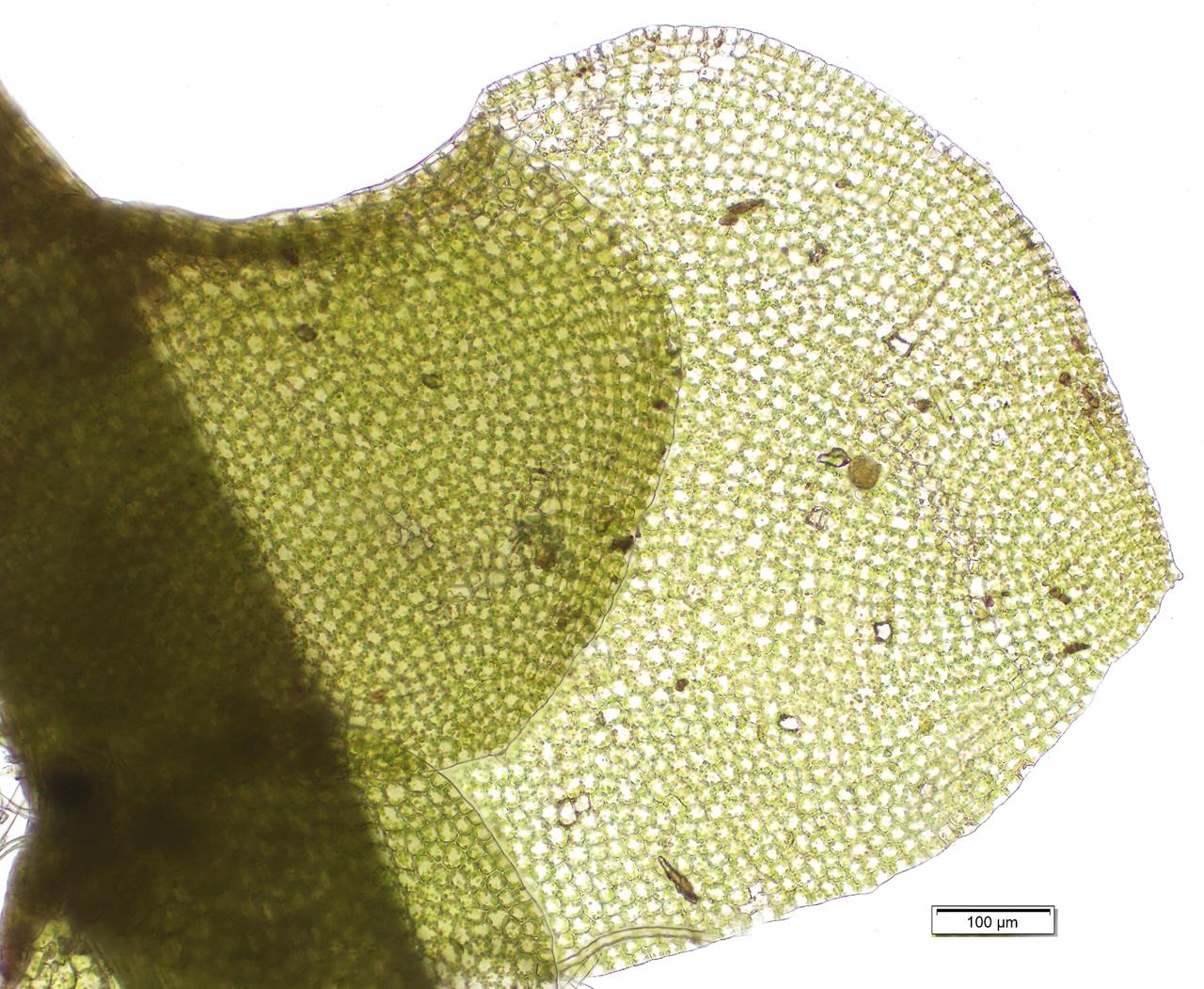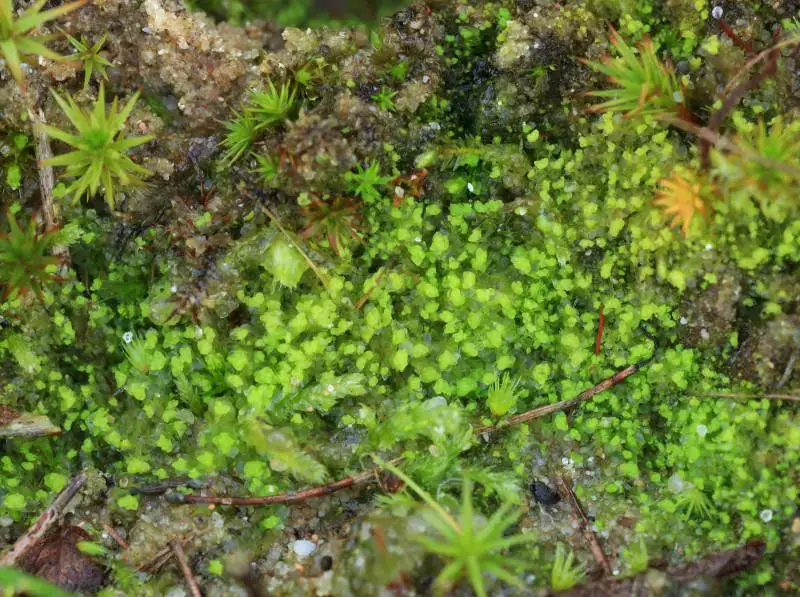
206173.jpg from: https://inpn.mnhn.fr/espece/cd_nom/6525
Scapania irrigua: The Fascinating Moss of Wet Places
Introduction
Hey moss lovers! Today we’re diving into the wonderful world of Scapania irrigua, a unique and captivating moss species. Also known simply as Scapania, this little plant packs a big punch in terms of its interesting features and ecological importance. Get ready to learn all about it!

s_irrigua1.jpg from: https://wnmu.edu/academic/nspages/gilaflora/scapania_irrigua.html
Background on Scapania
Scapania irrigua

img-z9-1_207.jpg from: https://bioone.org/journals/Herzogia/volume-33/issue-1/heia.33.1.2020.207/Bemerkenswerte-Neufunde-von-Moosen-in-Niederösterreich-sowie-zwei-Erstnachweise-für/10.13158/heia.33.1.2020.207.full
is a species of leafy liverwort moss in the Scapaniaceae family. The species name “irrigua” means “well-watered” in Latin, referring to the damp habitats this moss prefers. It is classified in the phylum Marchantiophyta and class Jungermanniopsida.

61599191.jpg from: https://waarneming.nl/waarneming/view/260776156/
Morphology and Identification
Scapania irrigua forms small, green, creeping mats. The leaves are arranged in two rows and are unequally bilobed, meaning the upper lobe is smaller than the lower lobe. Leaves often have a reddish tinge. The underleaves (modified third row of leaves) are small or absent.

large.jpeg from: https://www.inaturalist.org/observations/168494985
Scapania is dioicous, with separate male and female plants. Male plants produce antheridia and female plants have archegonia. Sporophytes are uncommon.

2020-10-15-18-19-17.jpg from: https://www.britishbryologicalsociety.org.uk/learning/species-finder/scapania-irrigua/
Global Distribution and Habitat
Scapania irrigua has a wide distribution across the Northern Hemisphere

352401.jpg from: https://inpn.mnhn.fr/espece/cd_nom/6520
, including Europe, Asia, and North America. It grows in constantly moist or wet, calcareous habitats like seeps, springs, fens, and dune slacks. It often grows mixed with other bryophytes.
Ecological Roles and Adaptations
As a semi-aquatic moss, Scapania irrigua plays important roles in its wetland ecosystems:
- Helps retain moisture and stabilize soil/substrate
- Provides shelter and food for invertebrates
- Acts as a pioneer species in dune slacks
- Serves as a bioindicator of calcareous seepage
Scapania has adaptations for wet habitats:
- Unequally bilobed leaves help channel water
- Rhizoids anchor it to substrate in flowing water
- Fragmentation allows asexual reproduction and dispersal
Conclusion
So there you have it – a crash course in the remarkable Scapania irrigua moss! From its unique bilobed leaves to its important wetland roles, this little moss is endlessly fascinating to study. Next time you’re in a fen or seep, see if you can spot some Scapania mixed in with the other greenery. Happy moss hunting!